| Geoff Sims @ UNSW | 
|
Navigation
Wednesday, 26th December, 2012
Things start to get interesting (Geoff and John)
You may be wondering why we went to all that trouble with the ECW gear and stringent medical tests, only to arrive at a place that's more balmy than a typical Canberra winter (the forecast maximum high for tomorrow is +4 degrees C...!). Well, from now on, things start to get a bit more interesting...
We'll spend another day here, then Daniel, Geoff, Nic and John will do a 2-day "Happy Camper" snow school course. After that, we're all off to the South Pole, where we will spend around another week. There are two reasons to spend time at Pole: we need to prepare various pieces of equipment and test out our camping gear and, equally importantly, we need to physiologically acclimatize to the altitude (2835 m) before going any higher.
After that, we'll fly about 1000 km up to Ridge A (altitude 4000 m), where the PLATO-R observatory was established last year. There, in the middle of nowhere, we will set up camp again. We'll spend about a week refueling and refurbishing PLATO, and exchanging the existing "HEAT" telescope for an even better version, before packing the camp up, returning to South Pole, then back home via McMurdo and Christchurch again.
So, straight after breakfast this morning we met up with Ben, who will be our field guide at Ridge A. Ben is a very experienced mountain guide, and has climbed some of the highest mountains in the world. He will be an essential member of the team, and we will be relying on his experience and logistics skills.
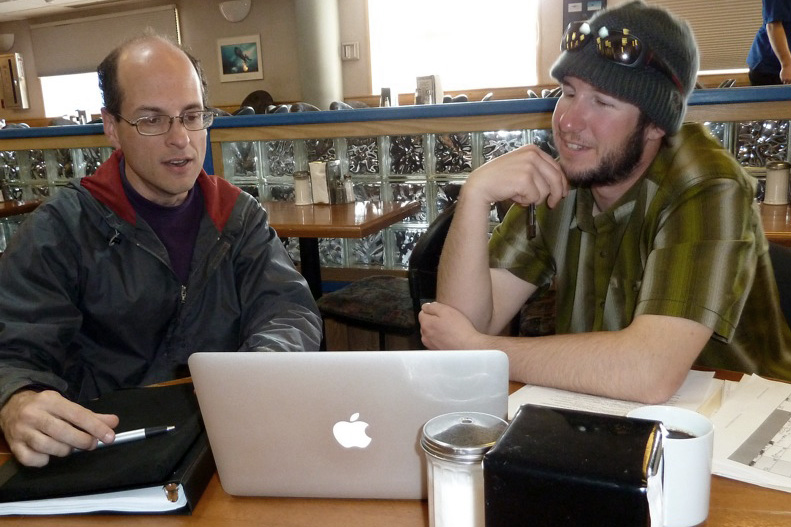
After introductions and running Ben through our possible deployment plans, our first meeting was with "Fixed Wing", who are the folk who arrange and negotiate all the Twin Otter flights.
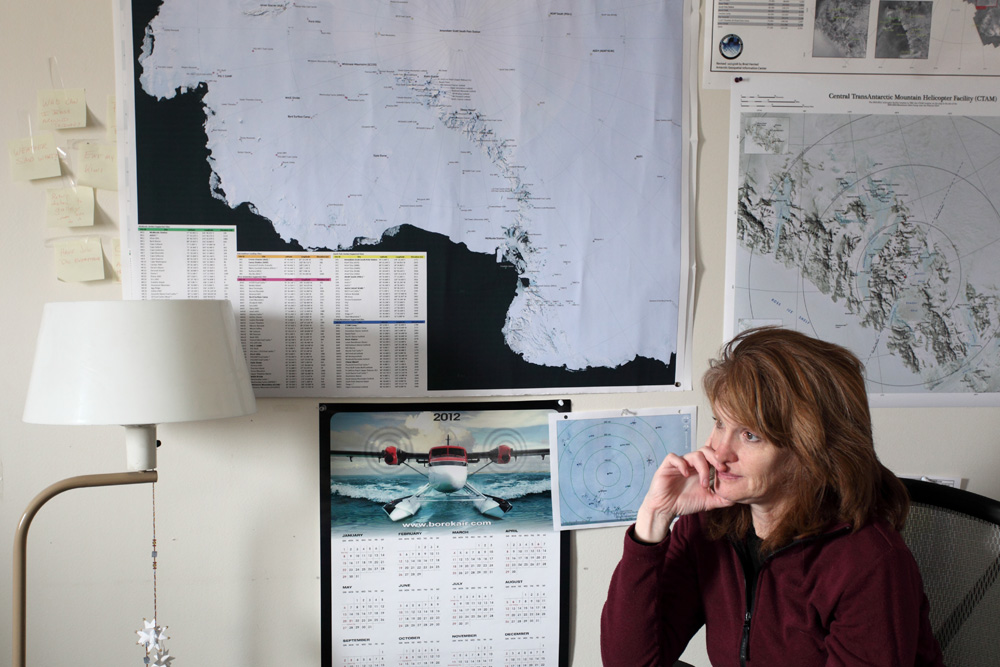

Next, we were off to the radio shack, to learn how to communicate with McMurdo once we're out in the field. With Ben on board, the team are looking invincible:

That pink recycling bin is for "Glitter":
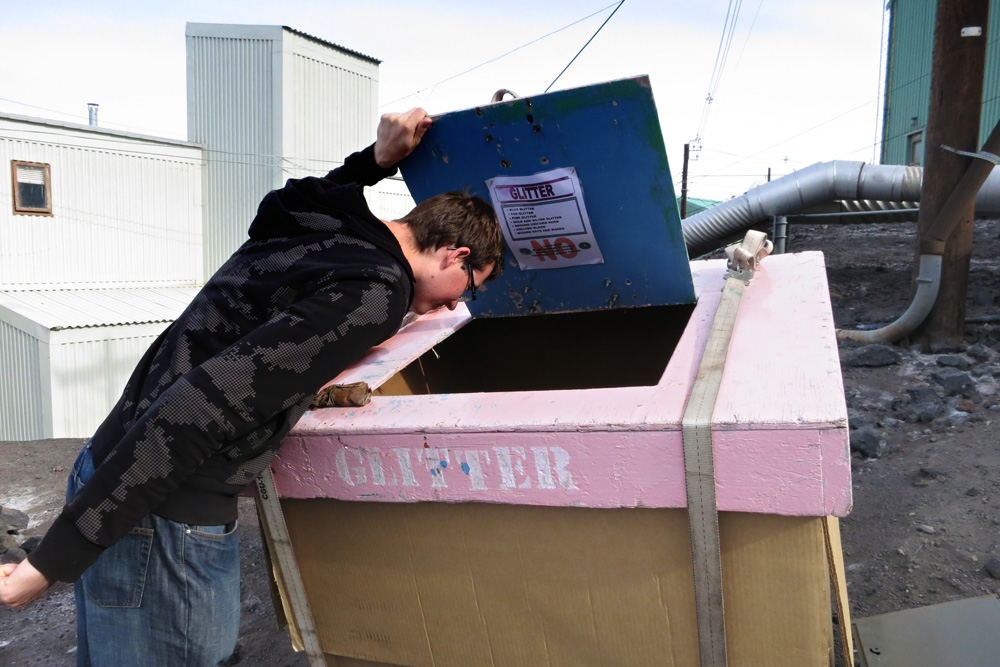
In the radio shack we met with Shelley, a MACOPS supervisor. Shelley explained the procedure for using the Iridium phones and HF radio that will be our only link with the outside world once we hit Ridge A. The most important thing is that we report in every day by our nominated time, or they'll put an emergency plan into action and come looking for us.
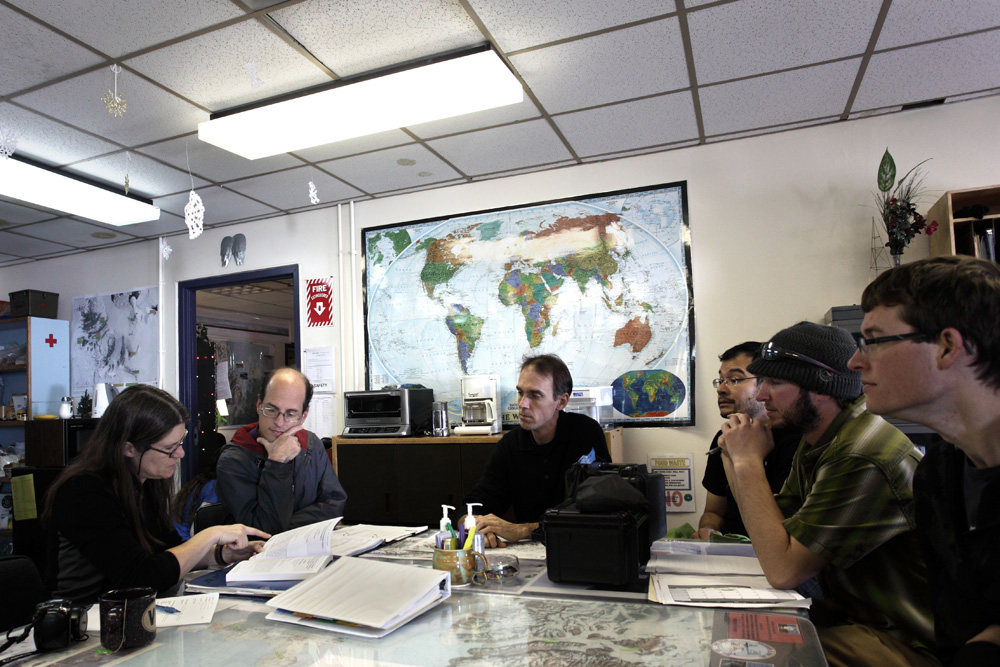
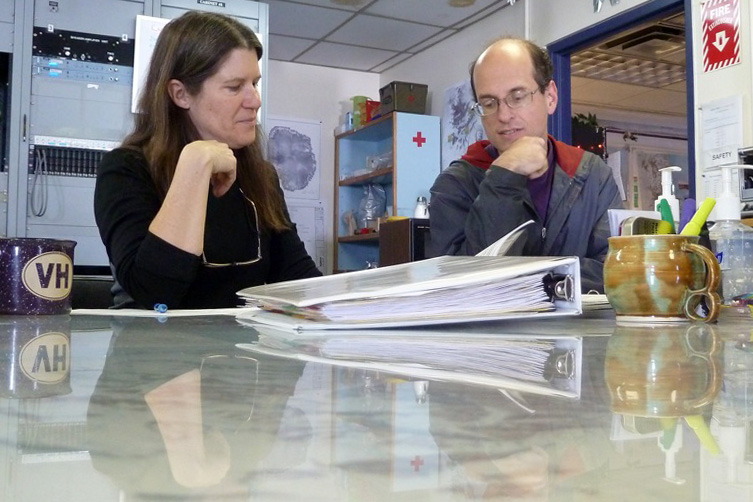
MACOPS is the name given to the field communications centre at McMurdo. (Apparently it used to be called FOCOPS, but that led to too much mispronunciation and bad jokes.) MACOPS monitor all the HF radio frequencies, plus Iridium, 24/7.
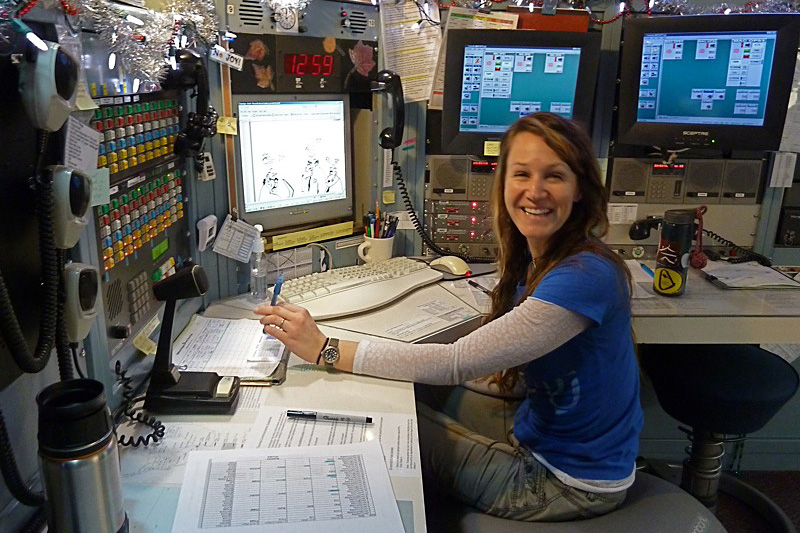
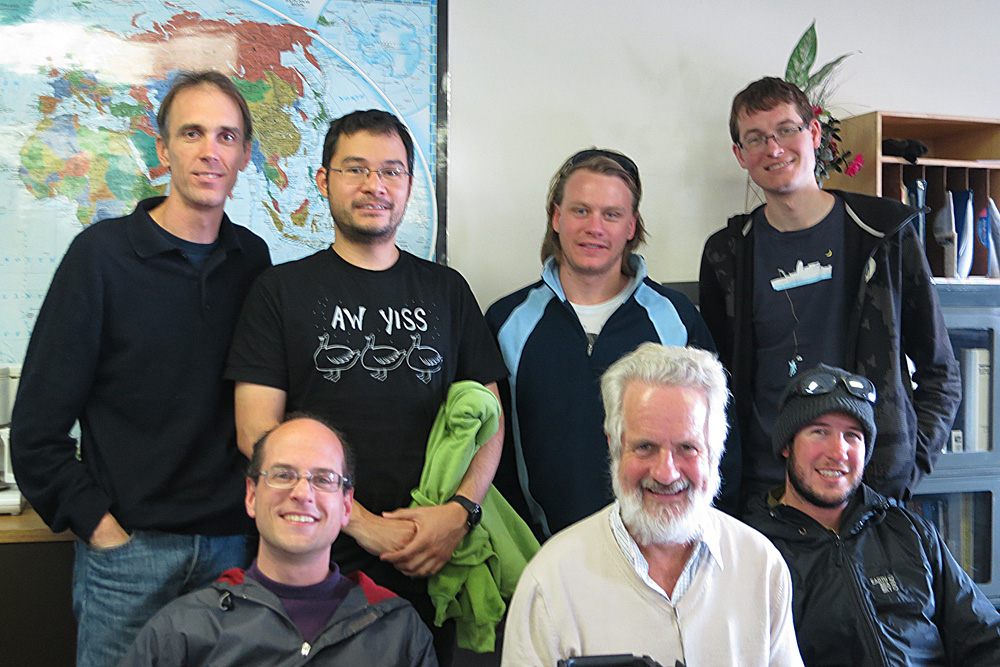
Then we wandered back up the hill...
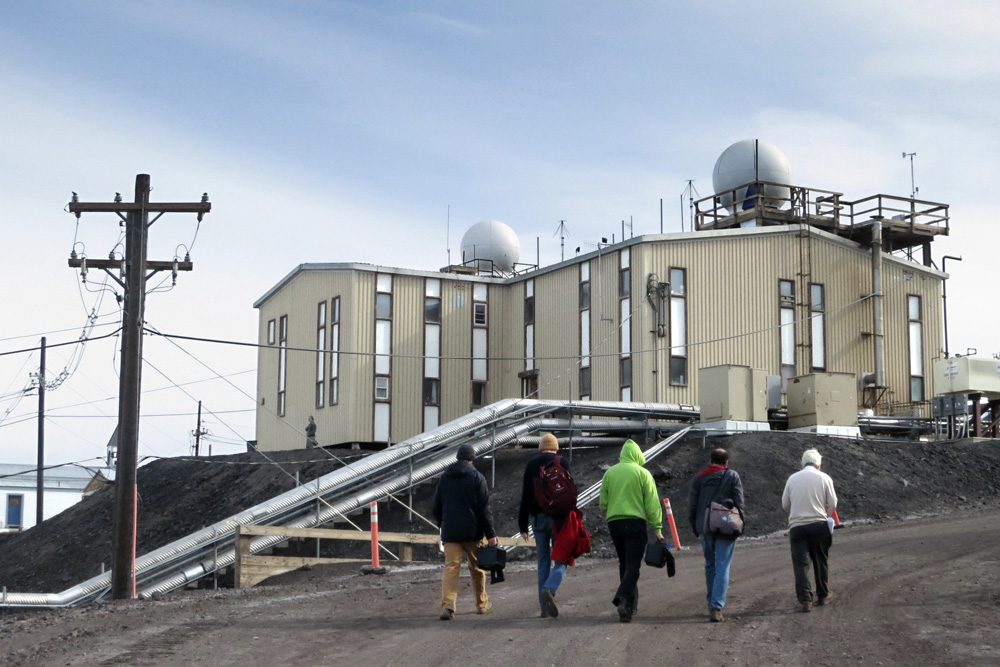
And attended the Altitude Training Course, given by Ben and the medical doctor.
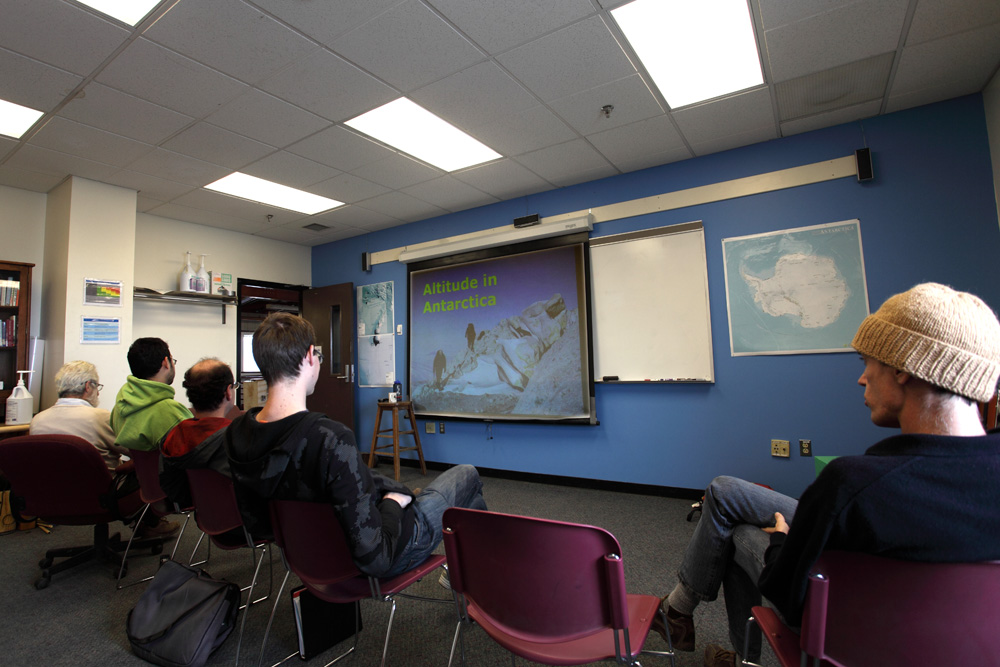
We learned a lot of very useful things about the physiological effects of high altitude, and the importance of keeping well hydrated. Although Ridge A is at "only" 4,000 m, the cold air in Antarctica means that it is effectively at 4,500 m as far as our bodies (and our diesel engines) are concerned.
The effects of altitude can be mitigated to some extent by taking the drug Diamox. One side effect of Diamox is that it makes carbonated drinks taste dreadful; John says they mostly taste dreadful anyway.
We also found a way to stop Daniel from telling jokes all the time. It's called a Gamow bag, and is used as follows:

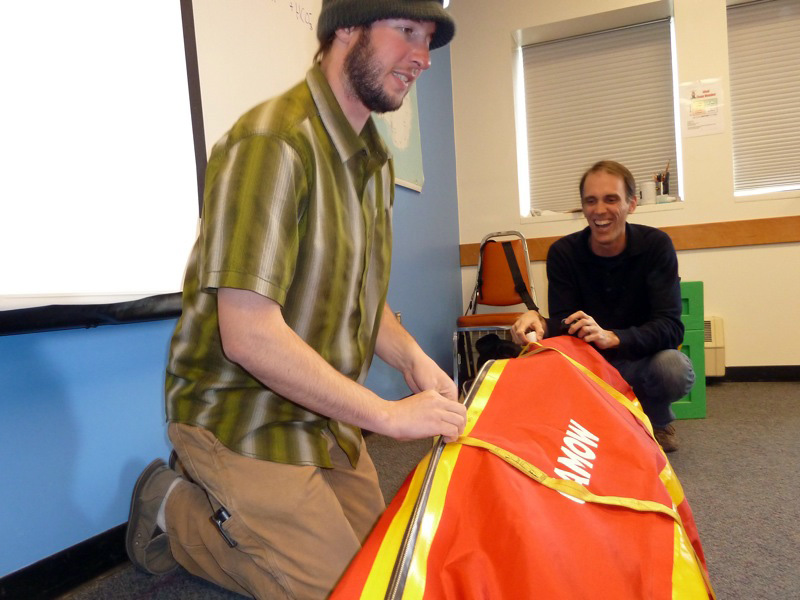
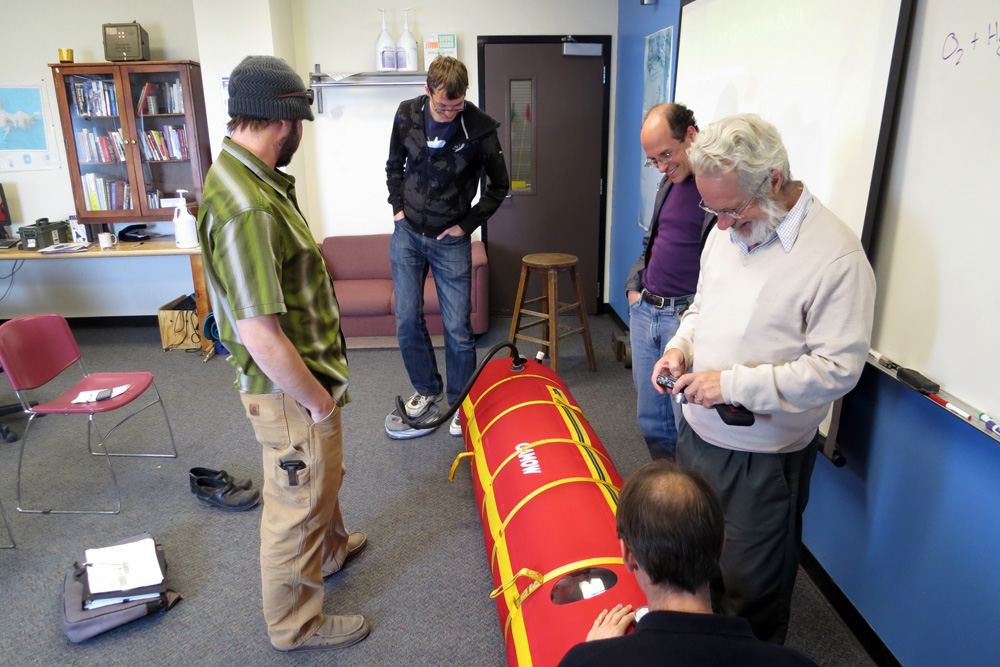
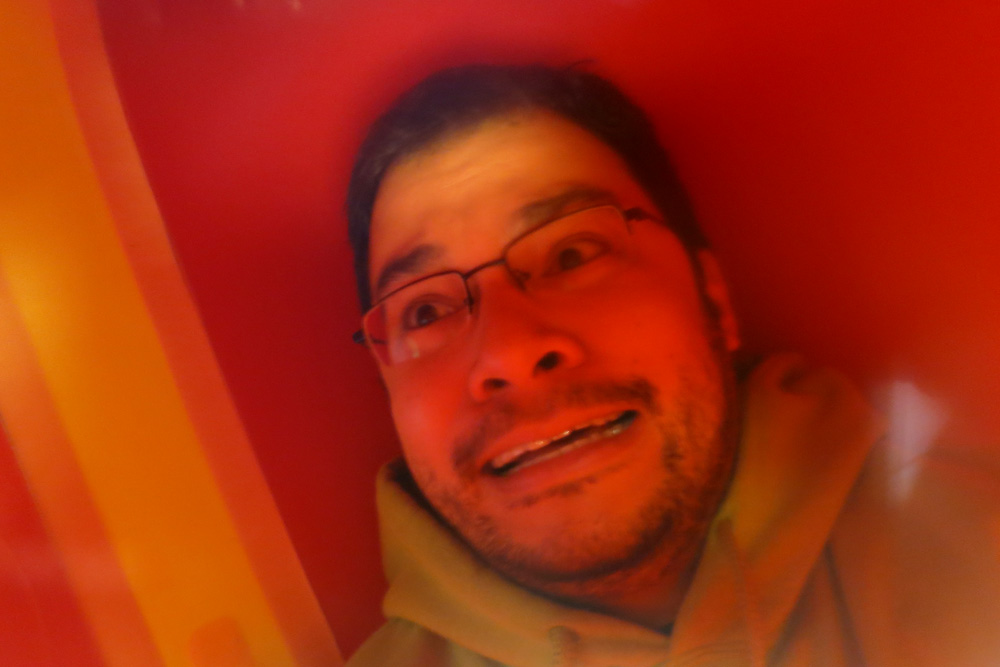
Apparently the Gamow bag can also be used in an emergency in the event of serious altitude sickness. We hope we will not need to use it for this purpose, but if any thing does go wrong, we'll also have oxygen available.
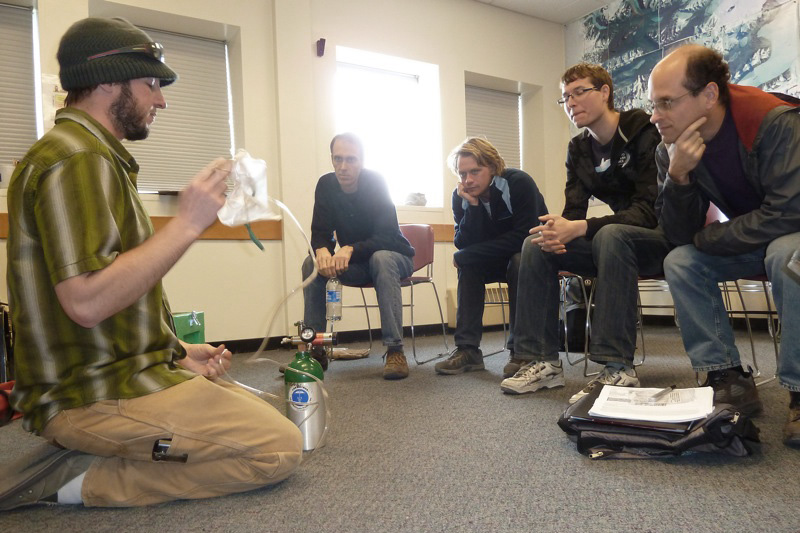
Some of this training could have actually come in handy two days ago, when Geoff & Nic did some preliminary altitude training of their own and made a daring ascent to the summit of Observation Hill (at approximately 250 metres elevation):
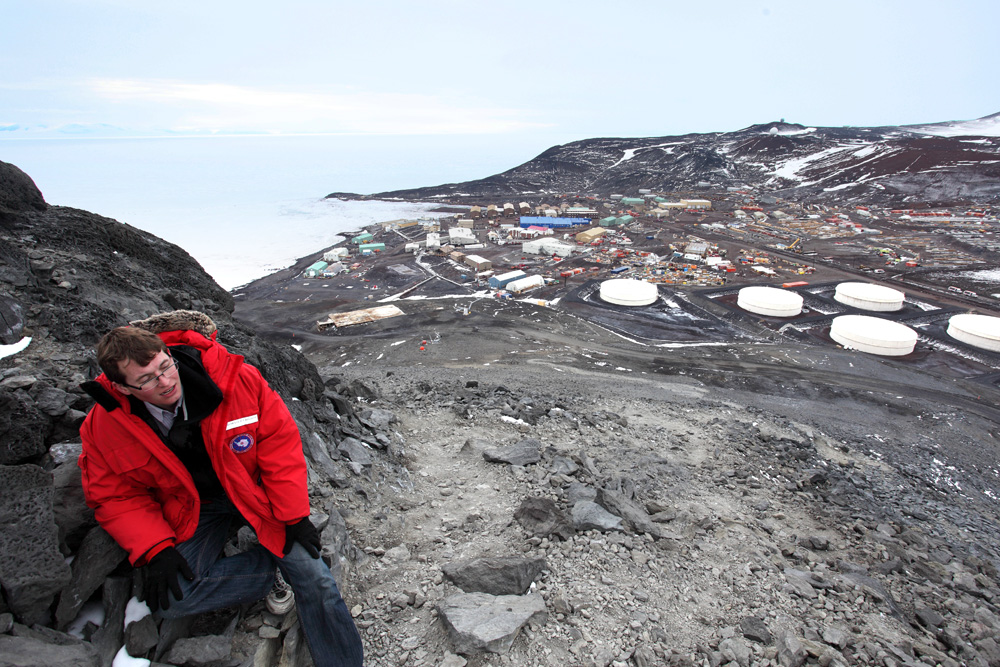
Tomorrow we will wake up to Enviro-training, and then we will prepare for Happy Camper school.
← Back to South Pole Diaries 2012/13
